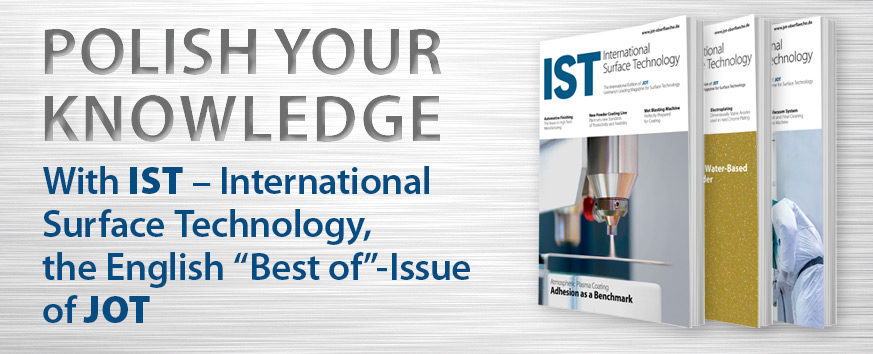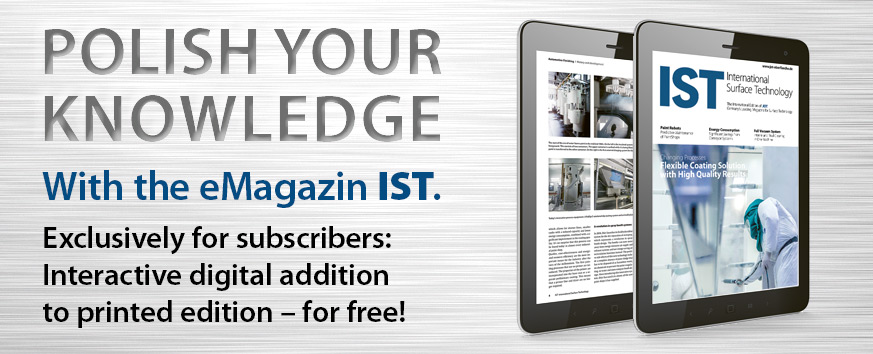In manufacturing processes such as coating, gluing, soldering, welding or vacuum technology, the filmic/chemical cleanliness of surfaces is a necessary prerequisite for the stability of the processes or the durability of a connection. Other issues such as corrosion protection or the guarantee of certain coefficients of friction, on the other hand, require specific oiling. In the context of quality assurance, it is therefore becoming increasingly important to specify the condition of surfaces or components with regard to these residues and to be able to test them in global supply chains. In order to structure this issue and to standardize suitable procedures, an industrial association called AdhäSa (adhesive cleanliness) was founded several years ago under the technical direction of the Fraunhofer IPA in Stuttgart, Germany.
Today, a wide range of different measuring and testing methods are available for testing filmic/chemical residues. These are mostly used for monitoring processes or for root cause analysis and process optimization. However, an increasingly important task often remains unsolved: the simple, robust, fast and cost-effective testing of limit values with regard to filmic residues, which can be used in global supply chains to test limit values or cleanliness specifications. One method of carrying out such limit value tests is the determination of so-called "non-evaporable residues" (NVR). In this established procedure, the analysis is performed in three steps: First, the component to be tested is rinsed with solvent and the soluble residues are extracted, then the solvent is completely evaporated and the non-evaporable residue is determined gravimetrically using a laboratory balance. However, the classic NVR determination is less suitable for larger components (a lot of solvent) and small residue quantities (balance resolution).
The new approach: Agree
Since none of the procedures considered in the AdhäSa network is suitable for standardization in the context of quality assurance in the customer-supplier relationship, a new procedure was developed within the project: Agree (Analysis of Gravimetrically detactable Residues by Efficient Extraction). Similar to the classic NVR determination, this new method also involves the filmic/chemical residues being first removed from the component by extraction and then gravimetrically analyzed after drying. However, the solvent extraction is no longer carried out over the entire surface, but only the relevant areas of the component are partially sampled. The solvent consumption is minimized by not rinsing but wiping with solvent-soaked cloths or sticks. In addition to a short testing time of a few minutes and a simple and robust procedure, the Agree method offers a number of other advantages for the user, such as testing on optically inaccessible areas, reproducible results and adjustment of the measuring surface size via extraction.
The complete article was published in the March issue of JOT.
Autor(en): Dr.-Ing. Markus Rochowicz, Dr.-Ing. Markus Keller from Fraunhofer IPA




